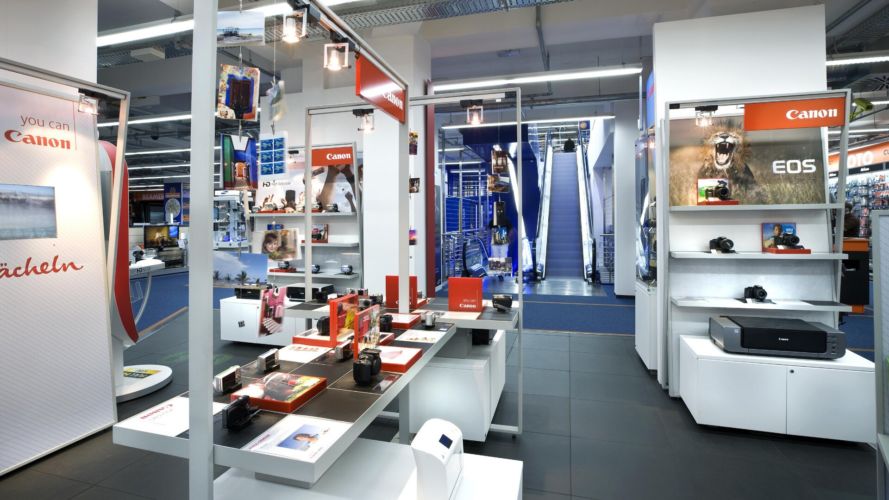How Multi-Screening is Changing Advertising?
Multi-screening describes the use of multiple screens at one time. Whether this is tweeting whilst watching your favourite TV show, or googling cheat codes on a tablet whilst playing a computer game. Most of us are avid multi-screeners! A study by Google found that today 90% of our media consumption takes place in front of a screen.
Multiple screens offers more consumer touch points
TV is currently the most popular device used in multi-screening. Therefore, it is important for both broadcasters and advertisers to understand how multi-screening changes the way in which the public interact with, and respond to, what they see on TV.
Participation in multi-screening has been broken down by google into 4 unique “pathways”:
Content Grazing
Investigative
Spider-webbing
Quantum Journeys
Social
Spider-webbing
What are the 4 multi-screen pathways?
Content Grazing describes the process of multi-screening whilst viewing unrelated content. For example, watching the news and checking you emails.
Investigative spider-webbing describes people who watch something and then use a second device to research it further, for example watching a music show and then searching for information on a music artist you see.
Quantum journeys describe people starting the process on one screen and continuing it on another, for example starting an amazon shop on your phone and finishing it on your laptop.
Social spider-webbing describes the way in which people seek out social interactions based on what they are watching such as using hashtags on Twitter to comment on a football match.
Multi-screening broadcasters & advertisers
To ensure they remain ahead of their game, both broadcasters and advertisers need to understand how multi-screening can be used to their advantage. Social Spider-webbing and Investigative spider-webbing are the most useful pathways to broadcasters and advertisers. From a broadcaster’s perspective, this can help keep ratings up and stop people from switching channels during an add break. It can also make people feel like they are part of the show. This level of engagement creates a more loyal audience. People feel their opinions are being listened to and they are having some impact on the results of the show.
From an advertiser’s point of view, they can gain free publicity from social spider-webbing when people share links to their brand. They can also gain new business from investigative spider webbing. Viewers may see the product or service on an advert and immediately look at the website to get more information. Studies have shown that when someone is using another screen they are less likely to leave the room during an ad break and many find they are watching the ads without noticing.
For this reason, broadcasters and advertisers should optimise opportunities for multi-screening engagement on their programmes. Broadcasters can do this in a number of ways, and there are various TV programmes out there that are already making the most of this. “The Last Leg” regularly trend on twitter with their interactive polls and questions, which encourage viewers to tweet them whilst watching the show. Whilst other advertisers leverage their Google ads campaigns, by increasing the bids at times when ads are shown on TV either by adding google scripts or integrating with TV and Social listening teechnology.
The Xfactor, developed an entire app to engage with their audiences, giving them the chance to vote on performances, play games, watch back performances and act as a judge.
Advertisers can also make use of their screen time to encourage multi-screening and both social spider-webbing and investigative spider-webbing. An example of this was the “Builders Vs Strutters” advert for moneysupermarket.com. They have encouraged people to comment on their advert with a hashtag and end the advert with a link to their website. This likely works well due to the humorous nature of the advert.
Multi-screening and Exhibitions
So, we know how multi-screening can be used to engage audiences sitting at home in front of their TV screens. Here are some ideas for engaging with audiences at an exhibition. How far you can take this and how interesting you can make it really depends on your industry and target audience. It is worth noting however that nearly four in 10 millennials say they interact more with their smartphones than they do with their significant others, parents, friends, children or co-workers.
People could be encouraged to upload images of their experiences on the day, these would then be broadcast onto a large screen. You could even offer a chance to win a prize for the best/most creative image.
Multi-screening offers such a wide range of opportunities for the broadcasting and advertising industry. Going forward, it is important that media and marketing departments work together, and use their creativity to ensure audiences find it easy to interact with their favourite shows and brands.






